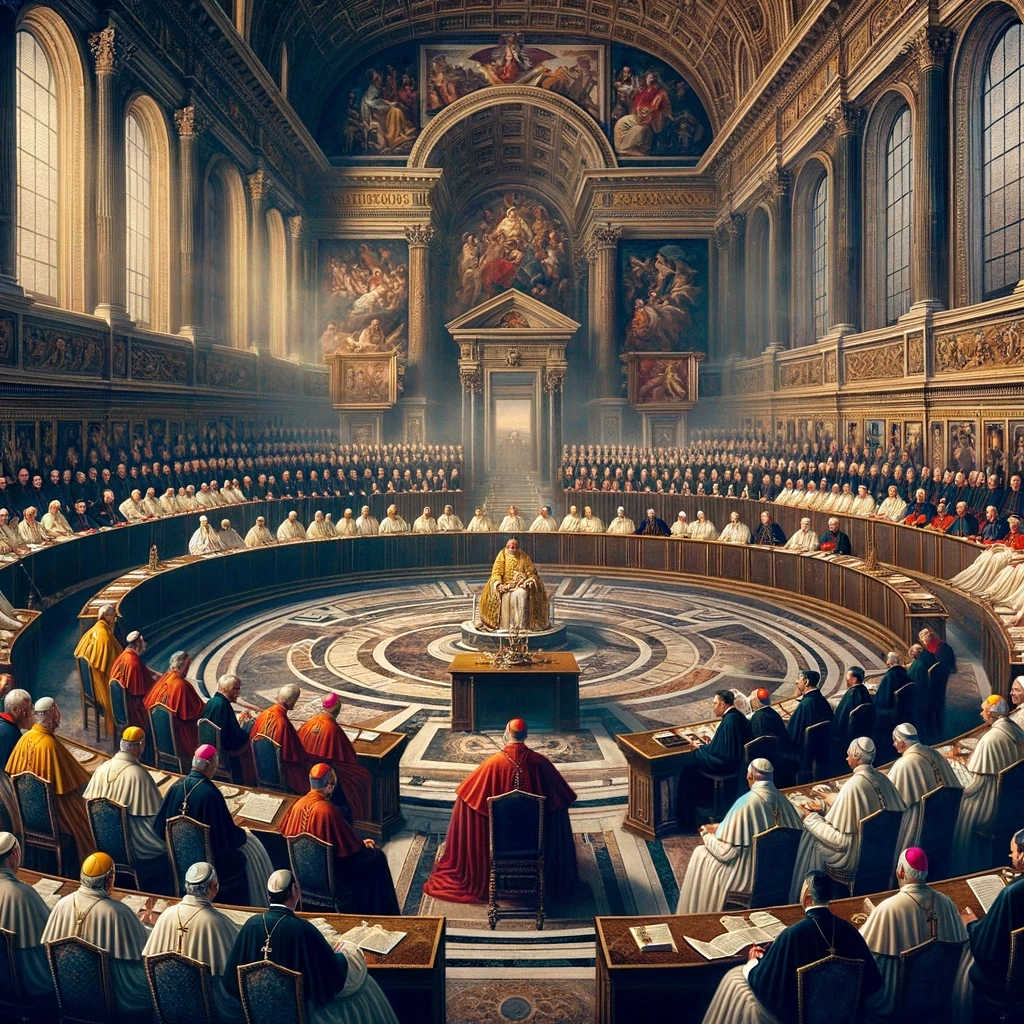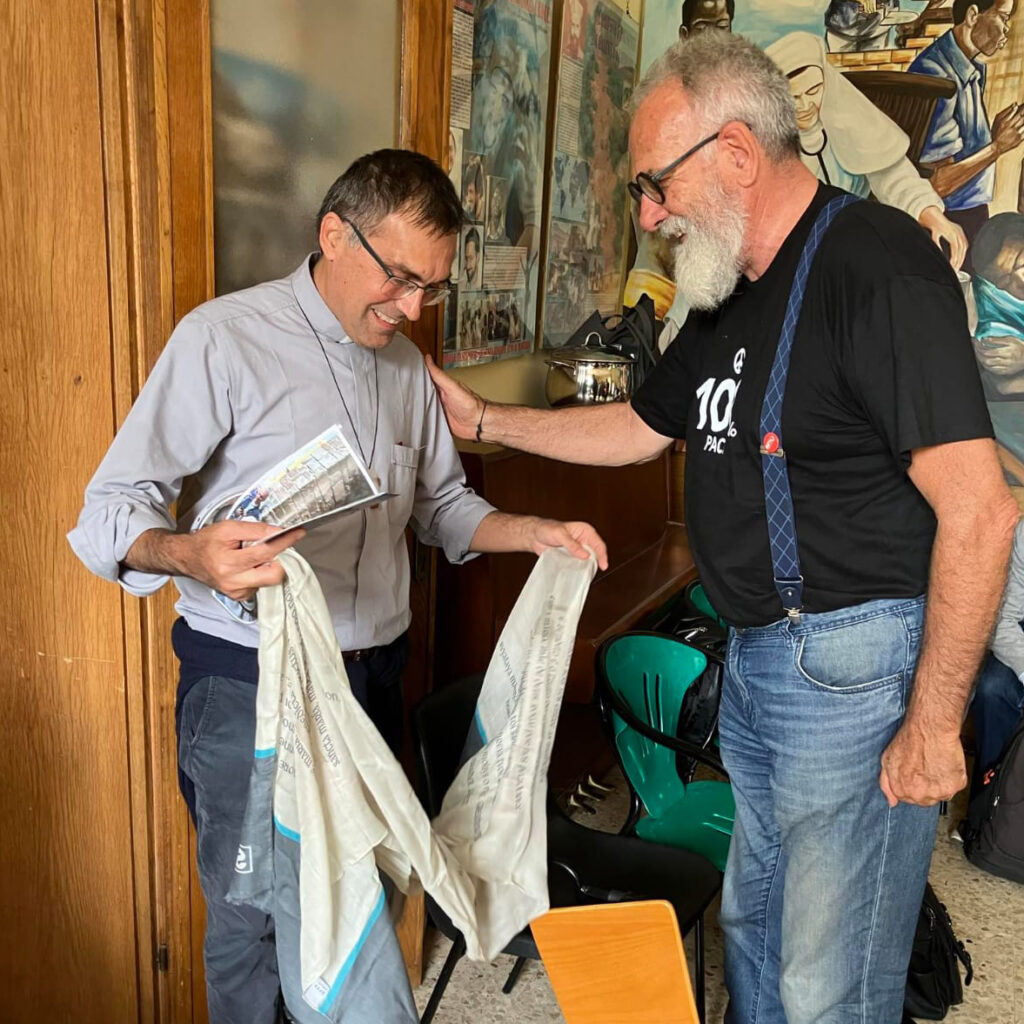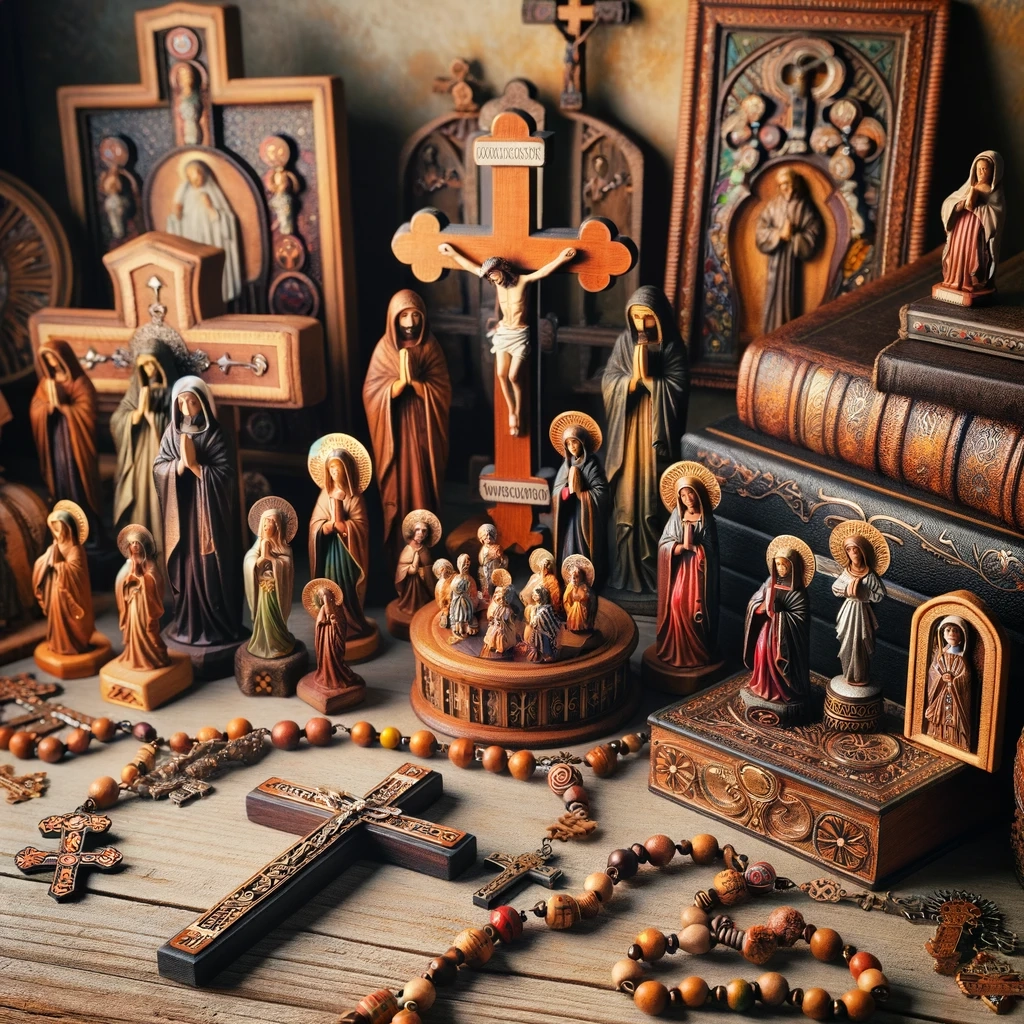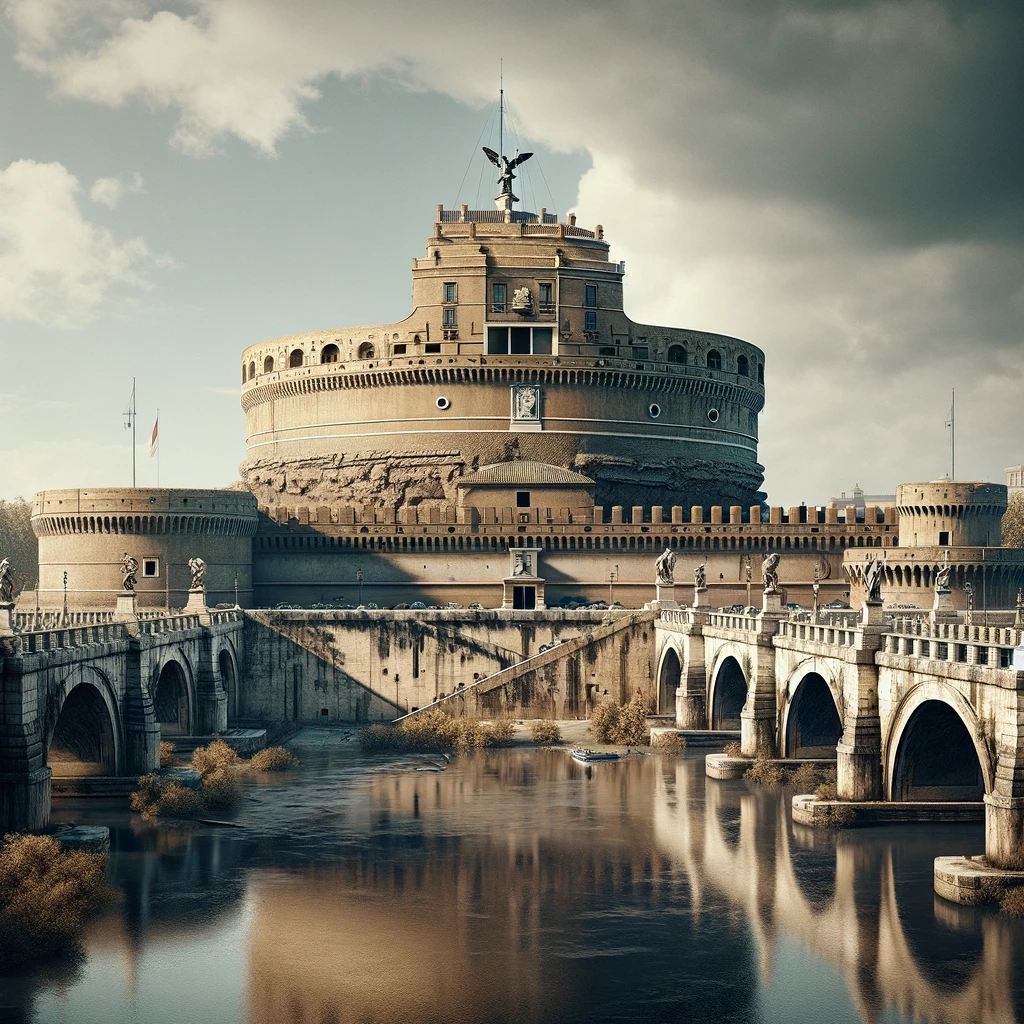Second Vatican Council
The
Second Vatican Council, also known as the
Second Vatican Council, was convened by Pope John XXIII on Oct. 11, 1962 and concluded on Dec. 8, 1965 during the papacy of Paul VI. This event represents one of the most significant moments in the recent history of the Catholic Church.
Reforms and changes
The
Second Vatican Council introduced major changes and reforms within the Church. Some of the highlights include:
- Liturgical Renewal: The Council introduced the celebration of Mass in the vernacular rather than exclusively in Latin and encouraged greater participation of the faithful during the liturgy.
- Openness to the modern world: Efforts were made to adapt the Church’s message to contemporary society, promoting dialogue with the world and an understanding of the challenges and needs of the time.
- Ecumenism: The importance of dialogue and unity among Christians of different denominations was stressed, promoting the ecumenical spirit.
- Role of the laity: The importance of the role of the laity within the Church was reaffirmed and their active participation in church life was encouraged.
- Religious freedom: The dignity of the human person was emphasized and the right to religious freedom was affirmed, promoting interfaith dialogue and mutual respect.
Two Vatican Councils
There were two Vatican Ecumenical Councils in the history of the Catholic Church. The
First Vatican Council took place between 1869 and 1870, convened by Pope Pius IX. The main document produced was the
Dogmatic Constitution Pastor Aeternus, which defined papal primacy and infallibility.
The
Second Vatican Council was a much larger event and led to significant changes within the Catholic Church, including liturgical updating, openness to the modern world, and renewal of spirituality and doctrine.
Participants and impact
The
Second Vatican Council was attended by bishops from all over the world, prelates, theologians, consultants and lay observers from different church traditions. This Council involved a significant number of participants, including bishops and delegates from the various Catholic dioceses, along with representatives of other Christian churches and observers from other religious faiths.
The importance of the
Second Vatican Council was so significant that we can speak of a “preconciliar church,” referring to the period of the Catholic Church before the Council, and a “postconciliar church,” indicating the period after this important ecclesiastical event.
Differences between the two churches
The
preconciliar church was characterized by greater rigidity in liturgical and doctrinal practices, with a significant emphasis on tradition and a more hierarchical church structure. Masses were mainly celebrated in Latin, and there was less interaction with the outside world. Papal authority and the Magisterium were central to the religious life of the faithful.
With the
Second Vatican Council (1962-1965), the Church underwent major changes. The Council promoted the renewal of the Church, seeking to adapt liturgical and doctrinal practices to contemporary times, encouraging the active participation of the faithful in the Mass, promoting greater openness to ecumenical dialogue, and addressing social and cultural issues. The use of vernacular languages in liturgical celebrations was introduced, along with greater openness to modern culture.







